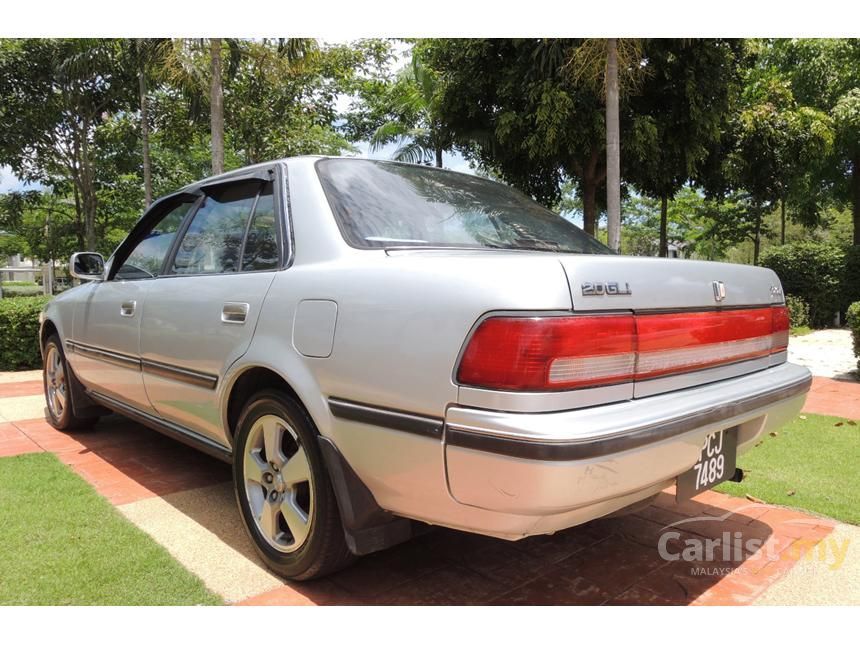

The Crown's history and reputation has given it prominence in the Toyota lineup, as it is one of the few current Toyota models to carry its own unique insignia for the model line with the current Crown having a stylized crown emblem on the grill and steering wheel along with inspiring the names of its smaller progenitors. The remaining three models: Sedan, Sport, and Estate, will be released in 20 respectively, and will be available in hybrid, plug-in hybrid, and fuel cell powertrains depending on the model. The first model that is available is the Crossover-type Crown, which is also marketed in North America as the sole Crown model. In 2022, Toyota unveiled four different Crown models to replace the fifteenth-generation model. Later models of the GS and Crown have taken on a very strong aesthetic kinship through shared design cues.

The Crown has also been partially succeeded in export markets by its closely related sibling, the Lexus GS, which since its debut in 1991 as the Toyota Aristo has always shared the Crown's platform and powertrain options.

The Crown nameplate returned to the North American market in 2022, when the sixteenth-generation model was released. In North America, the first through fourth generations were offered from 1958 through 1972, being replaced by the Corona Mark II. Outside Japan, the larger Lexus LS took over the role of Toyota's flagship sedan in 1989 in the company's global lineup. While a base Crown was available for many years aimed at the taxicab market, the increasing opulence and price of the Crown line led to the creation of the Comfort in 1995 as a more affordable alternative. It has also been popular with Japanese companies as company cars along with use as a taxicab. Its traditional competitors in Japan and Asia were the defunct Nissan Cedric/ Gloria/ Fuga, Honda Legend, Mazda Luce, Isuzu Bellel and Mitsubishi Debonair.įormerly only available at Toyota Store dealers in Japan, the Crown has been popular for government usage, whether as a police car or for transporting government officials. Introduced in 1955 as the Toyopet Crown, it has served as the mainstream sedan from Toyota in the Japanese market throughout its existence and holds the distinction of being the longest-running passenger-car nameplate affixed to any Toyota model. It is primarily a line of mid-size luxury cars that is marketed as an upmarket offering in the Toyota lineup. The Toyota Crown ( Japanese: トヨタ・クラウン, Hepburn: Toyota Kuraun) is an automobile which has been produced by Toyota in Japan since 1955.
Toyota corona 1992 driver#
In 2014, editors at Car and Driver called the Corona one of the best Toyotas ever made, arguing that Toyota survived long enough to thrive in America because of the Corona. sales of Toyota vehicles to more than 20,000 units in 1966 (a threefold increase), making the company the third-best-selling import brand in the United States by 1967. The car was well received, winning the 1969 Road Test Import Car of the Year. Toyota advertised the car prominently, its first television commercial featuring the Corona.
Toyota corona 1992 full#
The company re-entered the North American market in June 1964, rebranded as Toyota, introducing its third-generation rear-drive Corona, featuring a 67 kW (90 hp) engine, four doors, and numerous standard features (padded dash, visor mirror, full carpeting, fresh air heater and defroster, two-speed windshield wipers, quad headlamps, vinyl upholstery, driver's-side armrest, cigarette lighter, chrome wheel trim, undersealant, and twin horns), as well as available radio, factory-installed air conditioning, and a two-speed automatic transmission. Having previously entered the North American passenger car market in 1957 as Toyopet, the company met little success, withdrawing in 1961. The Corona played a key role in Toyota's North American success.


 0 kommentar(er)
0 kommentar(er)
